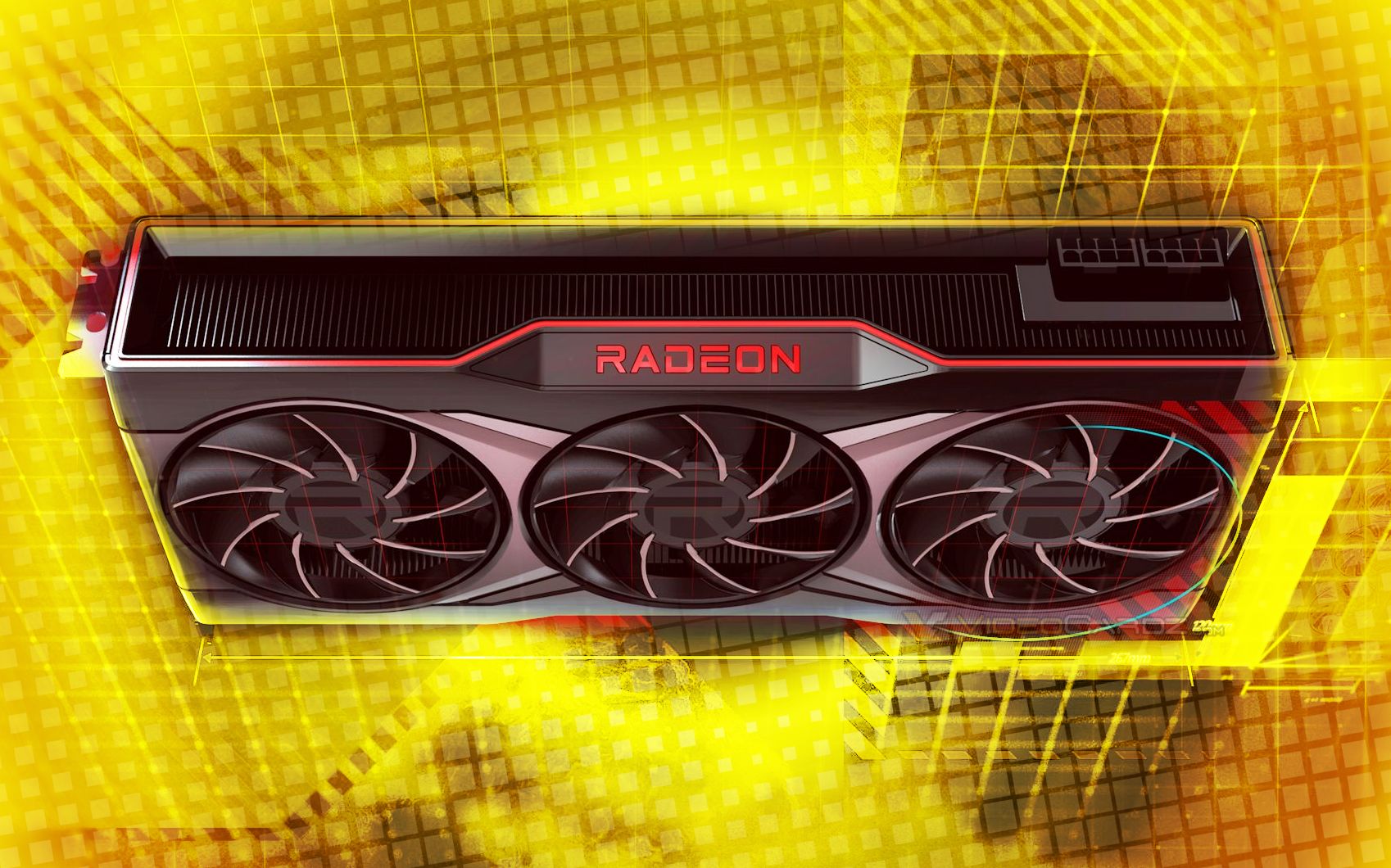DegustatoR
Veteran
We will have to wait and see if something like that will be feasible. The first one which will try this is still XeSS on DP4a.So, we may end up having AI accelerated super sampling without specific AI inference hardware? Who would have thought it
Like I said in another thread, that was bound to happen as long as we don't increase the target beyond 4K, as the complexity should stay relatively constant while non AI inference hardware improves and gets "good enough" to perform it.



